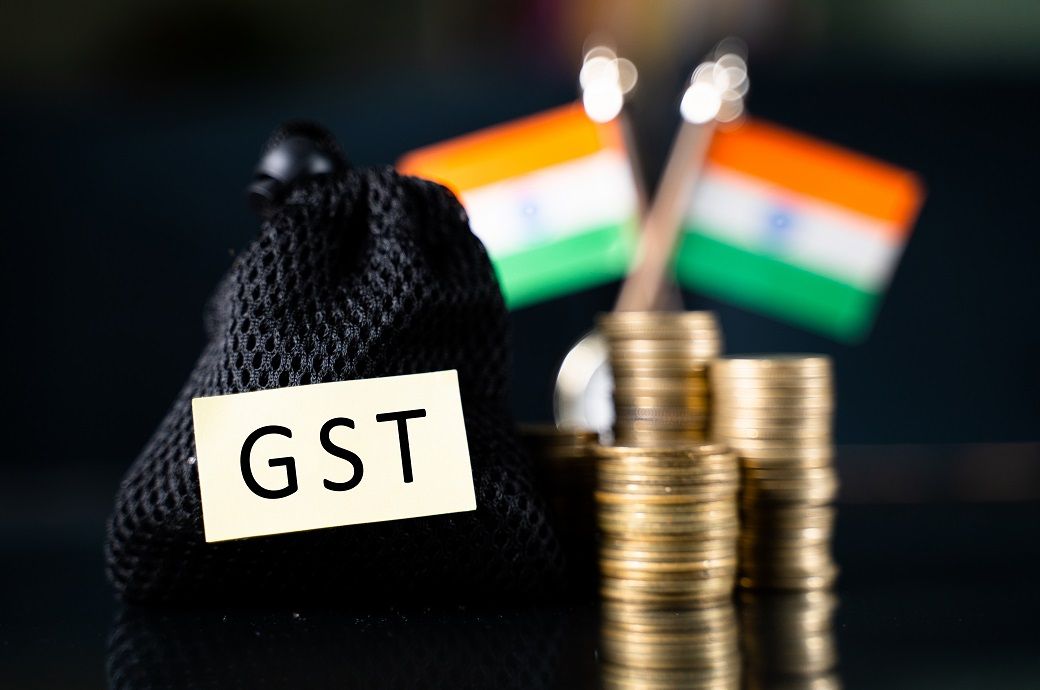
For the textile value chain, the headline shift is clear—GST on man-made fibres has been cut from ** to * per cent and on man-made yarns from ** to * per cent.
The change is real, and process reforms such as risk-based provisional refunds are being operationalised. Yet the question of whether this reform will reduce India’s textile and apparel imports is more complex, because GST by design is largely a pass-through on imports for registered businesses. The levers that truly alter import appetite remain basic customs duty, quality control orders and trade policy shocks—most dramatically the recent US tariff hike that pushed duties on some Indian exports to as high as ** per cent.
Receive daily prices and market insights straight to your inbox. Subscribe to AlchemPro Weekly!